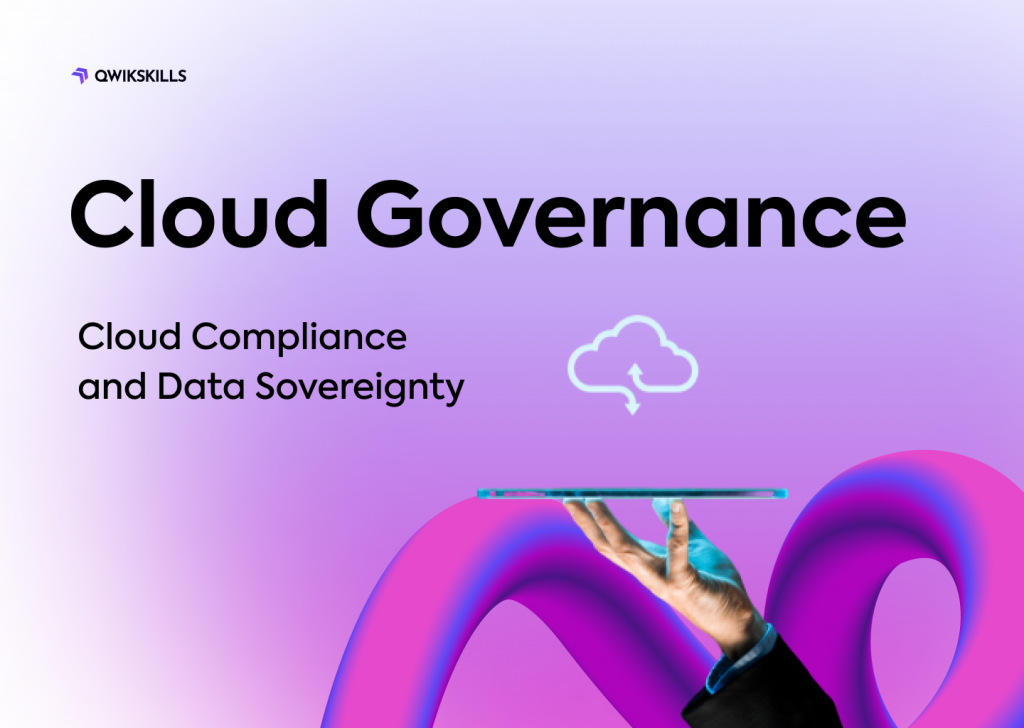The Internet has taken over everything we do. Blockbuster and television were replaced by OTT services like Netflix, Hulu, and Youtube. Text messages were replaced by WhatsApp, CDs, and vinyl by streaming applications like Spotify, and Apple Music, and storing information in hard drives or pen drives was replaced by cloud storage apps like Google Drive and WeTransfer. In short, everything has moved online, and words like real-time, live, and global release have become a standard expectations by customers.
Cloud computing plays a huge role in helping businesses transform their businesses and be able to keep up with the digital revolution. In fact, cloud services are so diversely embedded in our daily lives that you might not even realize how much you use them in everything you do from work to leisure unless you stop and start analyzing them in detail. E-commerce, Netbanking, all your SaaS applications, your entertainment websites, and things as basic as checking your email are being powered by cloud computing. When you think of it, it’s as important as electricity for the internet services you use!
But what exactly is the cloud? Cloud computing is a term used to describe the use of the internet to provide computing services like storage, servers, databases, networking, software, analytics, and intelligence. This is done to optimize resources, create an agile, and dynamic workflow, and provide economies of scale. Cloud technology allows you to cut costs, use resources in a more flexible manner, and allow for more innovation.
Okay, so simply put, cloud computing is the technology that’s enabling businesses to work serverless, and providing users with tools, applications, and services that are easy to access by using the internet. According to a report by Statista, 74 zettabytes of data will be created in 2021! To put things in perspective one zettabyte is a trillion GB!! Where exactly is all that 74 trillion GB worth of data being stored? When you stream videos, upload a file as an attachment to your email, or even say for that matter open up your phone and read an article on the internet where exactly is that initial file being stored? If you’ve ever wondered where all that data in the cloud ends up, this article is for you!
Cloud Data Centers: The Home Address To All Your Data
Every business needs a data center, this is basically a unit that stores all the essential information needed by a company to access, run, and scale its operations. It includes company information, assets, and applications. Traditionally there are 4 broad categories when an individual/business chooses to go with a data center. These are as follows:
- Enterprise (Traditional Data Centers): These are physical data warehouses owned by individual businesses. These are constructed and used by individual businesses.
- Colocation Data Centers: Similar to the concept of coworking spaces, these are rental units where individual rents the physical space and resources.
- Third-Party Data Centers: Physical data centers offering end-to-end services to enterprises, still limited to a physical space.
- Cloud Data Centers: Third-party service providers that provide data storage features over the internet.
What exactly are cloud data centers?
Cloud data centers are data centers that provide storage facilities to other businesses and individuals by leveraging the internet. These are usually owned and managed by third-party service providers like Amazon, Google, Microsoft, and many more which also offer cloud technology solutions. These companies have data centers across the globe, and they handle the costs and responsibilities of managing the physical hardware, maintenance, and compliances required to operate these data centers.
How are cloud data centers different from traditional ones?
Traditional data centers are physical storage units, with huge hard disks that store a company’s data. These are expensive, require external storage costs, and are time-consuming and complicated to upgrade. In contrast, cloud data centers store your data on the internet providing you with a more affordable option, making it easier for your business to scale up or scale down, and providing you with the ease to choose your service providers based on your location resulting in quicker access.
While traditional data centers are a lot like building a house from scratch, cloud data centers are like hiring a contractor who’ll do all the handiwork and execute the vision you have in mind.
What are the pros and cons of using a cloud data center?
Cloud data centers bring the entire experience of storing, accessing, sharing, and modifying your data online! It’s suitable for enterprises of all sizes and has overall made the process of managing data much simpler and straightforward. Here’s a table that outlines the benefits and drawbacks of cloud computing.
Cloud data centers are owned and managed by third-party vendors, this means that as an individual or business looking to start you’d have very little upfront costs. This has enabled a rise in SaaS companies and services across the globe. Since you’re not physically investing in infrastructure, cloud data centers offer you great elasticity you can scale up or scale down your storage needs with a matter of a few clicks, and what’s best? You pay only for what you use!
Having experts like Google, Amazon, or Microsoft run data centers means you get the best services! They have highly trained experts, saving you the cost or knowledge needed to run, and maintain a data center in-house. It also ensures that security and upgrades are taken care of, and you can launch your services globally since they have data centers spread across regions all over the world! The best part however is that these companies are tech giants, and they have the money and resources to choose sustainability. Google and Microsoft are working towards energy-efficient, and greener solutions to run their data centers.
All of this sounds great so where exactly is the problem with choosing a cloud data center? Since the data center is entirely outsourced as a business you have very little control over the actual hardware and OS. Also, the pricing models and services offered to depend on your provider, as a business you need to do your study to ensure that you’re aware of all the hidden costs, and services being offered to you. Unlike a physical data center, cloud centers are accessed over the internet, which means your employees have access via a simple password! Ensuring regular internal safety measures is essential to avoid any leaks or unpleasant surprises.
Here’s a table that outlines the benefits and drawbacks of cloud computing
|
PROS |
CONS |
|
Very little up-front costs |
Little to no control over the actual hardware and OS. |
|
Easy to scale up and scale down |
Requires an in-depth study of cost structure and service offerings. |
|
Flexible Pricing: Pay for what you use |
Privacy and Access need to be monitored closely. |
|
Outsource Technical Knowledge |
|
|
Quick Implementation |
|
|
Remote Access |
|
|
High-Security Measures |
|
|
Easy To Deploy On A Global Scale |
|
|
Sustainable |
How do cloud centers work?
Your data is ultimately being stored in a physical data center, the only difference is that these physical data centers are owned, and managed by third-party service providers. Cloud data centers use the internet to provide users with their storage, and data center services. Clients then run their applications and manage their data within a virtual infrastructure that runs on the cloud servers. Within cloud centers you have three options:
- Public Clouds: These are cloud centers being run by providers like Google, Amazon, and Microsoft that offer virtual infrastructure to build and manage applications, and store data through public networks.
- Private Clouds: Small cloud providers that offer businesses a private virtual cloud infrastructure to manage their storage privately.
- Hybrid Cloud: A mix of on-premise and off-premise services this is when companies choose to outsource some of their services needs to public clouds and still retain control of their on-premise private cloud for managing certain business aspects.
The major cloud giants like Google, Amazon, Microsoft, Oracle, and IBM all offer cloud infrastructure that can be leveraged by companies of all sizes to innovate and provide their own unique services without having to worry about the overheads or hefty investments in equipment. For example, the popular e-learning platform Khan Academy uses the Google Cloud app engine to provide e-learning services to over 18 Million+ students each month. Similarly, Amazon Web Services are used by the ultimate streaming service Netflix and were also used by the world’s most famous professional networking platform LinkedIn until it moved to Azure after Microsoft’s acquisition. Microsoft Azure offers their platform to some of the biggest brands in the world like Samsung, and eBay. Companies with cloud data centers are renting out their infrastructure to help enterprises in every part, and field of the world to provide their services seamlessly, and cloud data centers play a big role in making technological innovation and advancements so accessible in today’s world.
To know more about cloud computing you can check out our cloud computing blog over here.



